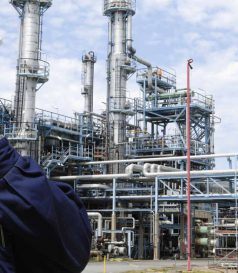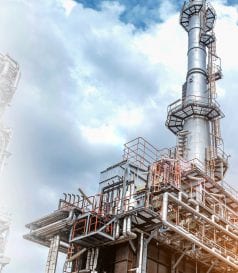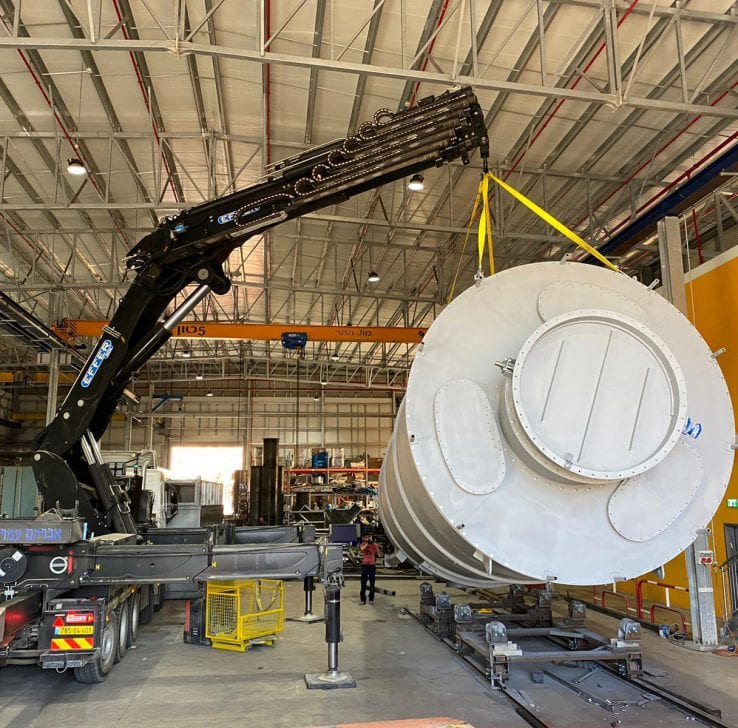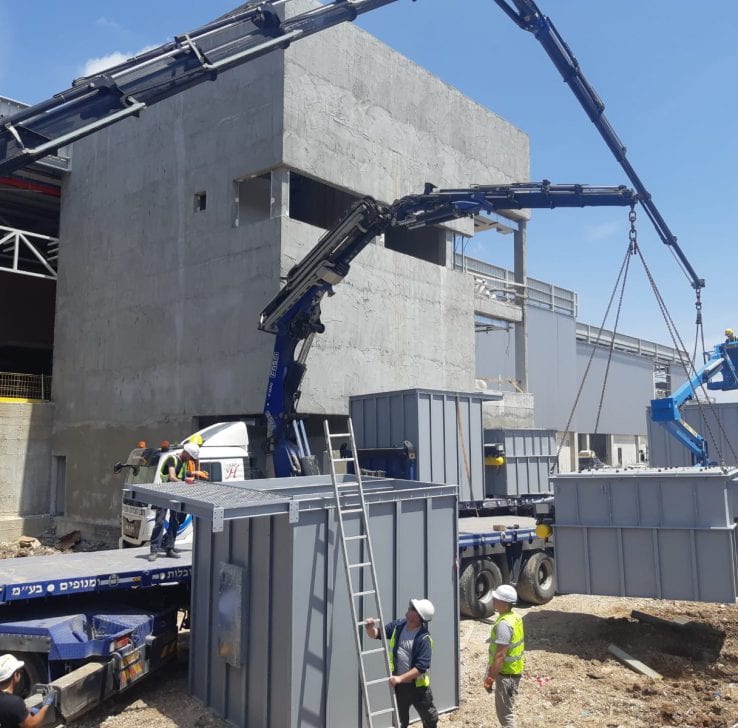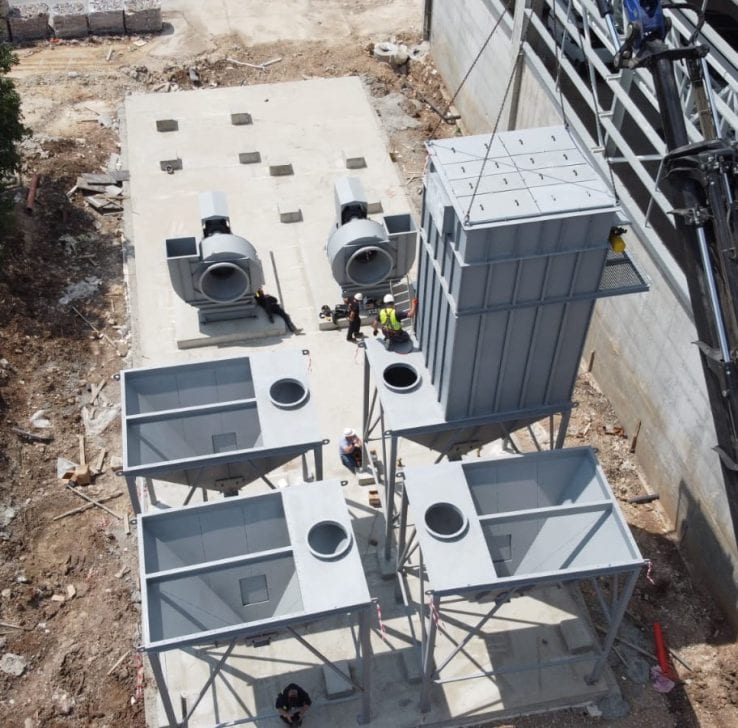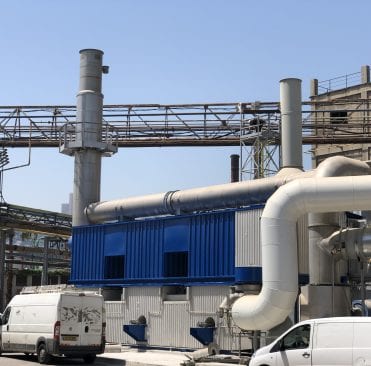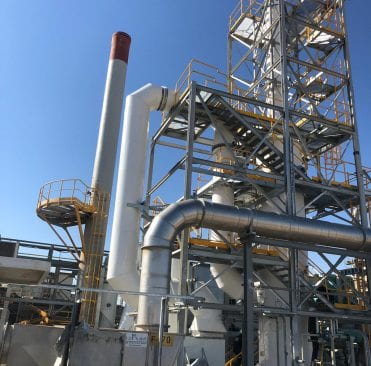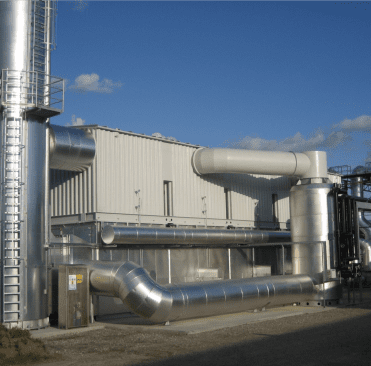Novel odor prevention filters.
Active Carbon Filtration systems – Odor Treatment – MRF materials recovery facility
Active carbon-based systems are the industry standard for treating organic and odorous pollutants in the air. Active carbon is an inert solid which is also adsorbent, available, and cheap. These qualities make it an ideal for the removal of organic and odorous pollutants from water and gas streams.
Active carbon treats pollutants in an adsorption process, where interactions (mainly Van der Waals bonds) between the surface area of the carbon and the pollutant molecules traps them inside the carbon pores. Active carbon can adsorb up to 50% of its weight in organic matter from gas streams (depends on the type of carbon and pollutant). After reaching its maximum adsorption capacity, the carbon needs to be replaced or regenerated in order to maintain the treatment effectiveness of the system.
A materials recovery facility, (MRF) is a specialized plant that receives, separates and prepares recyclable materials for marketing to end-user manufacturers. A big MRF facility in Israel was approached by the Ministry of Environmental protection regarding complaints from surrounding businesses about strong odors coming from within the station. Odor is not considered a pollutant but a nuisance. However, it is within the duties of any business producing those odors to prevent it and reduce it in a manner acceptable by the ministry.
Immediately after receiving the claim, A.B.P Chemical engineering and Ventilation Ltd. engineers set out to survey the station grounds in order to map the main sources of odor at the station. The survey found many sources causing these odors are left without proper or partial ventilation ill-suited for handling odorous hazards.
In order to treat the odor, A.B.P Chemical engineering and Ventilation Ltd. engineers designed a new and extensive ventilation system surrounding all odor emission sources at the station. The system was designed according to industry standards to create negative pressure within the building. The collecting system receives the odors from the storage units. In addition, it improves air quality within them to allow a more comfortable work environment for employees. In part of the areas where waste was piled in the open air, new storage units were designed equipped with proper ventilation. All of the new ventilation systems were connected to active carbon systems for treating odor emissions and preventing their emission to the atmosphere.
The project included 2 novel carbon adsorption systems working in parallel and a series of bag filters. The new and improved design achieves the highest adsorption capacity possible for the carbon system. Thus, reducing the cost and frequency of carbon saturation and change outs.
Our unique approach and experience for allocating and isolating the main odors generating sources enabled us to reduce the sizes of the required installation by reducing the required flow rate. This measure of precise engineering approach substantially reduced the CAPEX and OPEX expense and made the project more feasible for the MFR station.
After the project’s conclusion the odor emission from the station was reduced substantially below the odor threshold, preventing further complaints from businesses around the station.

